Round Up Of Tips, Ideas, And ActivitiesDuring the summer, there are lots of opportunities to do activities that blend academics and fun. This helps kids to practice and maintain concepts and skills already covered and also gives them chances to see how these concepts matter in real life. Here is a round up of different tips, ideas and activities that I have shared in the past that I feel are still relevant and worth revisiting. Math is often thought of as lots of calculations, worksheets, equations and critical thinking activities, but in fact, math is used in almost every decision and action that we make on a daily basis. Math is everywhere around you. We use math for most activities without even realizing it. In my blog post Tips For School And Home:How To Help Primary Kids With Math, I suggested a few different activities for sorting and classifying, measurement, estimation, time, geometry, fractions, and basic operations. In Math Real Life Activities For Children I talk about math in the kitchen, math in the workshop, shopping and math, and working with money. These are only a few ways that math can be connected to real life situations at home as well as at school. Language Arts - Reading and writing are only a couple of the components of language arts. In my blog post Tips For School And Home: How To Help Kids With Language Arts, I share several different suggestions and activities for the various aspects of language arts. It is important to note that language development starts at home and then is refined at school. There are many different ways to promote language development with reading, writing, and oral communication activities. I shared ideas and resources for phonics and vocabulary development, reading, writing, and oral communication in the above mentioned post. If you are looking for more ideas that will help with reading and writing for students that struggle in these areas, check out the following posts: Motivatiing Reluctant Readers Tips For Helping Struggling Writers In The Classroom Just take a look around you and think about the various things you see and the things you do and if you start to analyze them, you will be amazed at how they involve science. Science is involved in every aspect of our lives. At school, kids are introduced to some of the basics, and various experiments and investigations are done. At home, more of these types of activities can happen and deeper learning can be accomplished. In my blog post, Tips For School And Home: How To Help Kids With Science, I break science down into different categories to help with providing a broad glimpse into the world of science. Hopefully, this will inspire kids to look further and continue to learn about the marvels around them. You will find some tips and ideas for chemistry, biology and life sciences, earth science, and several different areas of physics. Science Ideas For School And Home also gives some more ideas and possible activities that might be fun to try. Social Studies is the study of people and their relationships to other people and the world. For young children, it starts with family and then spreads out to community, regions, provinces, states, or territories, and from there, to countries and the world. It can be broken up into 5 different categories: geography, history, culture and society, civics and government, and economics. I wrote 2 posts last year because there was so much to cover. Tips For School And Home: How To Help Primary Kids With Social Studies talks about geography, history, and culture, heritage and traditions and gives some ideas and possible resources that might work. Tips For School And Home: How To Help Primary Kids With Social Studies Part 2 This blog post focuses on the rights and responsibilities of people and regional leaders, relationships between people and the environment, multicultural awareness and diversity, and the interactions of First Nations people and early settlers. Social Studies Ideas And Activities For Outdoors also provides some tips and activities for learning more about the area where we live and the surrounding environment. In my final instalment, Tips For Summer Support: How To Help Primary Kids, I focus on finding creative ways to do academic activities to make learning fun during the summer break. Well there you have a selection of tips and activities for the various academic areas that can be used to help kids keep learning throughout the summer while they are enjoying their holiday break. I hope that these tips and ideas have given you some inspiration for ways to keep the learning going while having fun during the summer break.
0 Comments
Taking Learning OutdoorsSpring is just around the corner and along with it comes longer days, sunshine, fresh breezes, and early buds and blooms. What a great time to get outdoors with your students and take learning outside as well. Ideas For Social Studies And Science OutdoorsThere are many different opportunities to cover academics outside and still enjoy the outdoors. Here are a few ideas that may help. For social studies, neighbourhood walks, checking out the community, following maps, doing geocaching and using coordinates are just a few things that can be done. If you want more information, check out my post about social studies outdoors. For science, you can do experiments such as coke and mentos to check out chemical reactions, the clink clunk test to investigate gravity, or do things to check out nature. Starting a garden, growing plants in pots and following their growth, taking a walk in the park or the forest, if you live near one, or visiting the seashore if you live near the ocean are just a few ideas. Kids love to interact with nature and they learn many life skills that they can use later on as well. Reading and Writing Ideas For OutdoorsFor reading and writing there are many different options to try. Reading can be done in the environment by checking out signs, reading books with buddies while enjoying the sunshine, and playing games like Scoot for sight words are just a few ideas. During the warmer weather, we would often take our books outside for silent reading and find a quiet spot on the hillside at the edge of the playground to do our reading. One of my favorite activities for writing is to go outside and explore our senses. After making a list of different things for each of the senses, we use these ideas to develop stories. We choose a theme and use the list to create a descriptive story. My descriptive writing templates were developed for this. Math Ideas For OutdoorsFor math, the outdoors is a great place to work on measurement activities. You can do activities that work with larger units such as meters or yards and you can do perimeter and area activities. Kids love using the trundle wheels and measurement tapes to measure the fields, buildings, and other objects. The information gathered outside can then be used for creating scaled diagrams on graph paper. Taking Physical Activity And Gym Class OutdoorsTaking gym outside is an easy thing and I suspect is often done already. Many of the different sports can be done outside as well as inside. The fields and nearby parks are great open spaces for running activities, soccer, kickball, and games. Kids love being able to run around and get active without worrying about being too noisy. At my school, there is a courtyard and blacktop area with basketball hoops, tetherball, foursquare areas, or hopscotch games available. I liked using this for doing rotations of activities. Everyone could be doing activities at the same time instead of some people waiting for their turn. Try Music Games OutdoorsEven music class can go outdoors. I used to take my primary music classes outside to do circle games that require running and even rhythm games. One of my favorite rhythm games was a version of California kickball. Instead of just pitching the ball, I would clap out rhythms and they would have to say the rhythm correctly in order to get the ball thrown for them. These are just a few examples of how you can take learning outdoors this spring. It really comes down to your own comfort and creativity. Enjoy the weather and have fun teaching outside. Related PostsMy Teaching JourneyI have been sharing lots of tips and strategies for getting started with back to school lately. I think it is time to shift gears. This week I am going to share a bit about my teaching journey, what I've been doing lately, and how I have stayed motivated throughout the pandemic. I have wanted to be a teacher since I was five years old. I still remember teaching my stuffies, my pets, my siblings, and even the neighborhood kids. We would set up "school" in my basement and we would practice doing some of the things I was learning at school. I find this very interesting now as I look back because I was very shy when I was young. I remember finding it difficult to join in during activities and I was often found playing alone in the dollhouse during free time at kindergarten. I gradually began to make friends and participate more readily and as I grew older, I was able to widen my group of friends and join different groups. In high school I joined the future teachers club and started tutoring young children. When I first started teaching, communicating with parents was the most difficult thing for me. I had no problem being animated and teaching the kids, but speaking to adults still scared me. I had to learn to do this and become more comfortable with adults if I was to be able to effectively communicate during conferences and other interactions. It took work, but I learned to do so. I am now retired and I am able to strike up conversations with others, even people I don't know. My grandkids often say that whenever they go anywhere with me we meet someone I know. My daughter even asks me if I know a person after she sees me talking to someone. They find it hard to believe that I was shy and afraid to talk to adults because they see me interacting easily now. It goes to show that you can learn to do things that are uncomfortable when necessary. I would venture to guess that there are many other teachers who can identify with this. You can be an introvert and still be a good teacher. You are there to make a difference for the kids, and if you feel strongly about this, you will work through the uncomfortable things to make it happen. From music to primary classroomI began my teaching career teaching elementary music. My husband was an elementary music teacher, so it was a common interest for us. (We still teach several ukulele groups.) I ended up teaching French Immersion music at 2 schools. I continued with this for a few years, and finally had the opportunity to teach part time in a primary classroom teaching grade 1/2 and part time French Immersion music at one school. Although I enjoyed teaching the music, I loved teaching primary and finally moved full time into a grade 2/3 classroom. I continued to teach a noon hour ukulele group as well. Projects For KidsThroughout the years, I became passionate about finding ways for my students to share their learning in different ways. Projects became a regular part of my instruction. We would have at least one big project, if not two, to share with the school and families each year. It was amazing to see how the kids thrived with this approach. You can find out more about some of these projects here. Small group instruction and reading centersI also became fairly adept at creating and running centers for guided reading and math. I enjoyed being able to provide a wide variety of activities for the kids and I learned early in my career that it was important to work with small groups and differentiate because there was such a wide range of needs in the classroom and whole group instruction wasn't reaching everyone. When I had parent helpers, or educational assistants available, that was bonus, but often there was a shortage of extra help and I had to figure out how to still make it happen. You can find out some of the tips for doing this here. Student led conferencesStudent led conferences were a new thing back in the nineties. Not many teachers were willing to give them a try. I decided to do so, and I didn't look back. I found them empowering for the kids, and the parents seemed to find them beneficial. It was so good to see the positive interaction between the kids and their parents. If you want to learn more about student led conferences, check them out here. Keeping motivatedFast forward many years, and I am now retired. I was tired of the politics, but I still loved teaching, so I began volunteering at the school. I did reading and math groups until the pandemic hit and volunteers were no longer allowed into the school. I had also been tutoring in math, reading, and French. When they stopped allowing others into our homes, this had to stop as well. This was really tough for me because I wasn't ready to stop teaching. I needed to find a way to keep going. Luckily, I was able to stay connected to a couple of the teachers in the school and provide them with help and resources. This motivated me to continue sharing tips and strategies. I started to create resources to complement these strategies and I continued to communicate with my friends. I also took some courses that helped with my product creation and blogging. Final words and a tipNow that some of the restrictions have been lifted, I am hoping to be able to return to my volunteering in the fall. I miss being with the kids and seeing them light up when they understand something.
Well, there you have it. A brief history of my teaching journey and where I am now. Next time I will continue to share more tips and ideas with you. I wish you well as you continue to venture into a new year with a new normal. Before you go, here is a final tip. Remember to take what you learned throughout the pandemic and use it to enhance your future teaching. Don't dwell on what didn't work, focus on what good came out of it. If you look closely, you will find some positive things. Happy teaching! Week 6 Focus: Summer Support For Primary KidsHave you ever worried about your child forgetting what was learned during the school year because of the long summer break? This is often referred to as the summer slide. Maybe you have had some experience with that yourself if you have taken a course and then not looked at the material for a long time. Although there will be some lag after a break, if we do things to help make connections with the skills and concepts during the break, the lag will be short lived and with a bit of review, learning can continue. Here are some different ideas for summer support for your child. Take a break from academicsJust as we need to recharge and refresh, so do children, especially this year after a much more stressful and different type of year. Taking a break from the academics and doing something different for awhile may actually help with improving learning and retention. Fresh ideas and more attention will be easier after a break as long as the break isn't too long. Connect activities with real lifeDo activities that connect the real world with the skills and concepts taught at school. If you would like more details about the various subjects, you can check out my previous blog posts in this series. Week 1 Focus: Primary Language Arts Week 2 Focus: Primary Math Week 3 Focus: Primary Science Week 4 Focus: Primary Social Studies Part 1 Week 5 Focus: Primary Social Studies Part 2 Make activities engaging and funKids want to feel like they are having a break from school. There are many ways to help them continue learning without making them feel like they are doing schoolwork. Using games and hands on activities help to engage them and the concepts get reinforced while they are having fun. Here is an example. This is a blog post I wrote about using manipulatives and games in math. Enjoy the outdoors while learningLet them get outdoors and soak up the sun while learning at the same time. There are so many ways that learning can be done in the real world. Here are some examples. Try having races and using stopwatches to see how fast they can go. Compare with others. See if they can better the times. Go geocaching as a family and search for treasures. This is a great way to learn about places around the community that you may not have known existed. It is also a good way to practice using coordinates and mapping skills. Collect rocks and sort them by different characteristics. Then find ways to use them for other activities such as graphing, crafts, and rock studies. Let your child help plan a camping trip. They could help with planning meals, doing the grocery shopping, making lists of what equipment is needed, and looking at routes and distances. History, Family Heritage and TraditionsLearn about local history by visiting museums, historic landmarks, interviewing long time residents or doing research at the library. Help your child learn about your family heritage, culture, and traditions. Create a pictorial timeline of the family. Get creative practicing academicsIt is important to sometimes do activities that specifically reinforce and review skills and concepts in order for them to be maintained. This is the time to get creative with the academic activities. Mix them up with active games and brain breaks to keep learning fun. Try to avoid too many worksheets and drills. Engage your child in reading and writing activities that have themes or special hooks to make them interesting. Perhaps the library has a summer program where different authors visit or they may have incentives for reading a certain number of books. Puppet shows are a great way to practice acting out stories. Maybe your child could write some different stories and then create puppet shows to present to the family. Try using nursery rhymes or simple songs and using them as the springboard for writing new lyrics based on a variety of themes. There are many different examples floating around on the internet this year that are parodies using popular themes. Check out my blog posts for struggling readers, writers and learners for more ideas. Motivating Reluctant Readers Tips For Helping Struggling Writers In The Classroom How To Engage Your Reluctant Learners In The Classroom Math is definitely an area where I suggest using hands on activities and making things as visual as possible. Math is abstract and therefore hard for many young children to understand if they don't get lots of practical exposure first. I have worked with many older children that struggle with understanding how to do basic operations and more complex math because they haven't figured out how it works. By doing lots of games and hands on activities with them, they have been able to move on and be successful in more difficult math situations. Check out some ways that I have worked with them to help math make sense. Tips For Helping Math Make Sense These are just a few ideas that may help to keep the learning going throughout the summer. Remember to have fun and the learning will happen.
Week 1 Focus: Primary Language ArtsHome-school connections have been more important than ever this year because of the pandemic. It has also created some new and sometimes overwhelming situations for teachers, kids, and families as they have tried to navigate this new way of learning. For the next few weeks, I will be focusing on different subjects and providing teaching tips for school and home to support kids and parents. This week the focus is primary language arts. I will be providing teaching tips, activities and games to connect school instruction with real life experiences, and also some reasons that it is important to have this connection between school and home. Language activities start at homeBeing able to communicate is important. This communication has many elements that are all included in language arts. Language arts includes reading, writing, oral communication, and language development. It is not just something that is taught and practiced at school. Children get their first exposure as babies and those that have a rich exposure to language when they are young have an advantage when they arrive at school. Family members are the first teachers of language arts. They introduce kids to oral communication, stories, and sometimes the start of written language. At school, teachers work with these beginning skills and help kids develop them. Connecting school and home with real life activitiesAt school, children are introduced to the mechanics of language. They learn to recognize letters, use phonics to decode words, make sense of written language, start writing ideas down, do oral presentations, and develop a deeper understanding of these ways of communication. If they are able to connect these skills with real life activities at home their learning experiences will be enriched. There will be added benefits of quality family time and involvement. Activities and games to reinforce language skillsGames and activities are great ways to engage kids and help develop their skills. They have so much fun doing the activities, they don't realize that they are practicing the skills. Here are some suggestions that might be fun to try. (Some of these are products that I created. They are linked so you can check them out.) Phonics and Vocabulary Activities - sight word games - Boggle Jr. - Scrabble Jr. - Soundo games - Hangman - Word searches - Crossword puzzles - Vocabulary Mandalas - computer activities Reading Activities - Reading aloud/story time - Reader's theater - Re-enacting stories (example: Stone Soup) - Novel studies (example: Horrible Harry series) - Book review Writing Activities - poetry using nursery rhymes or songs (example: Orchestrating Writing Poetry) - 5 senses writing - using scaffolds - Mad Libs - Silly sentences (parts of speech) - keeping a journal or diary Oral Communication Activities - retelling stories - reading aloud and changing voices for different characters - reader's theater - discussions - interviews - listening to audiobooks Teachers are willing to help support families as they provide everyday enrichment for the skills and concepts presented at school. It is important to remember that they may also have children at home that need that support and time, so we need to remember not to overwhelm them either. As teachers and families develop a connection, everyone will get through these challenging times. Remember: we are all cheerleaders for the kids. We want what is best for them and as we work together, they will succeed. I hope these tips are helpful as you navigate through the next few months. Next week I will be focusing on Math tips and activities. Related PostsTips For Teaching Sight WordsSight words are important for developing reading fluency. Using sight word games and activities will help engage children in learning them. The English language is complex and many words are not phonetic and need to be learned by sight. Other words are phonetic and can be decoded, but fluency and comprehension will be affected if too many words need to be decoded. Being able to recognize high frequency words by sight will improve fluency and comprehension. It is important to make sure that the children are ready for learning sight words before starting. They need to know their alphabet letters well. Phonics should be taught at the same time so that they have the phonemic awareness necessary to decode when needed. Tips For Introducing and Practicing Sight WordsIntroduce only a few words at a time and do several activities and games to reinforce them before adding in more words. Review words that are already known before introducing new words. It is important to keep revisiting these words as you add new ones so they don't get forgotten. Children will progress at different speeds, so they need to have some individualized instruction to make good progress. Small group activities can be done, but only as the kids are ready for them. Doing activities during guided reading can also help. Usually the kids are of similar ability and they would benefit from some directed teaching of the sight words. Tactile activities can help kinesthetic learners. Try using playdoh or wix sticks, tracing letters in sand, or moving around letters on a magnetic board. The goal is to practice the words in as many ways as possible to imprint them into memory. Another great tool is a sight word ladder. It is a folder with pockets that hold sight words. the goal is to move the cards up the ladder as the words are mastered. The basic sight words are divided into groups and assigned colours. When all the cards of one colour are mastered, the student moves on to the next colour. Sight Word Games And ActivitiesOnce they have mastered several sight words, it is time to add in some more games and activities. Memory games, bingo, letter scrambles, word searches, puzzles, etc. I have created several sets of themed sight word cards and some bingo cards as well as sight word practice activities for 220 high frequency sight words and 95 common nouns. You can check them out by visiting the Sight Words Category in my store. Here is a sampler activity to try. I hope these tips are helpful. I would love to hear what you use to help kids learn their sight words. Related PostsWhat is Figurative Language?Have you ever been told to "get your head out of the clouds"? How about "hold your horses"? Can you just imagine what a person who is new to the English language must be thinking when they hear these expressions? I really didn't think too much about it until I had a student in my class who was a very literal thinker. I had no idea just how many different times during the day we used figurative language in the classroom. We are so accustomed to it, that we don't even realize that we are using it. There are several types of figurative language. Today I am going to focus on idioms and some fun figurative language activities for kids. What is an idiom?According to the dictionary, an idiom is an expression that cannot be understood from the meanings of its separate words but that has a separate meaning of its own. For example: when we say that someone has "ants in their pants" we don't really mean that they have ants crawling around in their pants. Instead, we are referring to them being wiggly and having trouble sitting still. Here are a few other common idioms: full of beans sick as a dog a dime a dozen back to the drawing board once in a blue moon spill the beans down to the wire in hot water play it by ear raining cats and dogs in a pickle There are many more, but I think you get the idea. My daughter-in-law is Korean, and when she moved to Canada, she was often confused by the expressions we used. She would ask me what I meant when I said something that didn't fit with what the words said. This made me more aware of what I was saying. She has been here for six years now, so she is comfortable with the way we talk and often uses figurative language herself. Back to the student I had who was a literal thinker. I introduced him and my class to the Amelia Bedelia books. The author, Peggy Parish, had a wonderful way of helping us understand how much we use expressions when speaking. The character Amelia Bedelia did everything as literally said which led to some very comical situations. The children loved the way she reacted and they found it amusing to see how she would behave in each situation. My literal student began to understand that sometimes when we say something, it might have a different meaning than the words used. Fun Figurative Language Activities Using IdiomsHere are some activities that worked well with my students. You might like to try them with yours. 1. Create an idiom booklet Out of this situation, a new activity was born. We began a study on idioms and started to collect a list of expressions that we found in the books and in our daily conversations. Our goal was to come up with 100 since hundreds day was coming up soon. Needless to say, we could barely get a word out without someone saying "idiom". It was fun for the class, but it also had the potential to distract us from other things we were working on. We had to start making some guidelines to keep it in check. Once we had our expressions, we decided to do some activities with them. We created a class idiom booklet and each person was given 4 or 5 idioms to illustrate for the booklet. This booklet was a favourite for free reading time and barely lasted throughout the year because of its popularity. 2. Use Idiom task cards for a center activity I created some idiom task card games that we were able to play in small groups or as center activities. I used the theme of turning lemons into lemonade for these cards. You can check them out here. The following year, I created another set of task cards. It is called Figurative Language Task Cards. You can check it out here. 3. Use Amelia Bedelia stories to study figurative language The Amelia Bedelia series of books was very popular with all my students. Herman Parish, a nephew of Peggy Parish, continued her legacy with Amelia Bedelia and wrote some simple readers and some chapter books about Amelia's childhood. These books provided me with enough differentiated material on the same character for everyone in my class to read. We were able to study the characters, learn about idioms, and work on our reading skills at the same time. 4. Try out this activity for Good Work, Amelia Bedelia When I retired, I continued to work with small reading groups at my school. I found that the Amelia Bedelia books were still a good fit for some of the guided reading groups I was working with. I created an activity to go along with the Good Work, Amelia Bedelia book to use here. If you would like to find out more or get your own copy, check it out here. 5. What does the idiom mean? I have been thinking a lot about language lately, and I decided to create another idiom activity. It includes 39 different idioms with 10 of them that have two different images, so 49 pages in all. I have also created a small sampler of it that you can get here by clicking on the image. So there you have a few ideas for using idioms in your classroom. I hope your students have as much fun as mine did. Don't forget to grab your free sampler of idioms here. I would love to know more about how you use idioms in your classroom. Related postsHow many times have you seen a child flipping through pages during silent reading, but not really reading? They are not interested in reading or they find it so much work, that they avoid it and just pretend to do it. How do we motivate these reluctant readers? Choose The Right MaterialsIt has often been said that kids that don't like reading just haven't found the right book yet. Although this could be true, it is not that simple. First, they need to feel that they are able to read in order to develop the love of reading. We need to find ways to support them in their reading journey. There are many different strategies and tricks for helping kids learn to read. Developing a love for reading goes beyond this. If we want children to love reading, one way is to show them we love reading. Reading for enjoyment and for knowledge is different, but both can be inspiring if we are able to share this with others. Read Stories AloudReading stories to my class was a special time because I loved books and I was able to share my excitement about new books and characters with my students. Choosing a variety of material that had topics of interest that they could relate to was key. Using a series helped them to become connected with characters and they often wanted to know what was going to happen next. I would also stop at key spots so that I left them wanting more. This developed an anticipation and eagerness for the next time we visited to story. Make Sure Material Is An Appropriate LevelDuring actual reading lessons, it is important to make sure that the material is at an appropriate level for the students, but it also has to be something that they are interested in. Nobody wants to read something just to practice a skill. Imagine having to read material you weren't interested in and having to work on activities that practiced a skill that you struggled with. This would be "WORK" and doing this every day would definitely not help you to love reading. High interest, low vocabulary material is helpful as a jumping off point here. Try Reader's TheaterReader's theater might be another way to get kids interested in reading. If they have specific roles to play, they can become more engaged in the reading. Sometimes, this may be multiple people having the same role so that they do choral reading as they are developing confidence with reading out loud. Gradually they could move towards doing the part by themselves. It can be fun to add different voices to the different characters too. Have Familiar Books AvailableAnother trick I used was to leave books around the room that we had just finished reading or were in the process of reading. This made them available for those who were needing some motivation to read as they were already familiar with the books and could use their prior knowledge to help them with the more difficult vocabulary. I would also circulate sometimes during the quiet reading times and do one on one conferencing with the books just to do an interest check and maybe help if needed. Try Audio VersionsListening to audio versions of a book while reading along, can also help. There are some programs out there that provide an audio version followed by reading the passage without the audio. Eventually the audio won't be necessary and as confidence grows, usually an interest in reading develops. Not everyone will be a bookworm, but if we can help kids to enjoy reading even a bit, it is worthwhile.
For specific strategies for teaching reading, check out some of my other blog posts. Themes And Games Make Learning Fun Guided Reading In The Primary Classroom Guided Reading Tips And Tricks Also, watch for future posts about engaging reluctant writers and those who struggle with math. Have you ever struggled with how to engage your reluctant learners in the classroom? They could be those kids who avoid reading unless put on the spot, the children who sit and stare at an empty page during writing time, or maybe even the ones who seem to be totally lost or uninterested during math. With so many different personalities and learning styles in your classroom, it can sometimes seem overwhelming to try and meet all their needs, but there are some things that you can do that can help. Differentiation Is KeyEarly on in my teaching I realized that whole group teaching was only meeting the needs of some of my students. Not every child is at the same place in their learning at the same time. If we are following a scripted plan of instruction where everyone gets the same lesson at the same time with the same expectations for performance, there will definitely be some students that are lost and unable to succeed while others will be bored because they are already able to do the task at hand. Differentiation is key for meeting the needs of more of your students, but it isn't the only thing necessary. I have found that it is important to also have a variety of ways for children to learn as people learn differently. Some learn through hearing, some by seeing, and others by touching and interacting physically with things. By creating a variety of means for learning concepts and skills, children are more likely to be engaged and consequently more likely to actually understand the concepts or skills presented. Use Projects And Hands On ActivitiesIf you have been following me at all, you will already know that I am a believer in using projects and manipulatives in my teaching. I also like to have multiple ways for kids to demonstrate their learning. This helps them to develop confidence as they can show what they know in a way that works for them. This doesn't mean that they never do reading and writing activities that are more traditional, just that this is not the only way to measure their ability or understanding. Coming up with the ideas for the various subjects is often dictated by the students in the class and the class dynamics. If you have a wide range of abilities in the class, differentiation is necessary. Small group activities and some individualization will be key. If you have a very active class, management will be crucial as part of your instruction in order to have a productive learning environment. Hands on activities or movement activities will help children move from the concrete to the abstract as they are learning new concepts or skills. Games Engage And Increase LearningUsing games for teaching has been extremely successful for my students throughout the years. They think they are playing games, but they are actually practising valuable skills that transfer into other areas. I still remember a few times after doing some math games and activities the kids asked me when we were going to start math. They didn't realize that they had been doing math the whole time because they were having fun with the activities. They kept expecting that math would be worksheets and drills. I will elaborate more on this in another post. Each group of students will require different means of motivation to get them engaged, but being open to trying new things and incorporating a mix of hands on, interactive, and differentiated materials and activities into your teaching will help to capture and encourage your reluctant learners to take chances and develop the confidence needed to keep trying. Sometimes it can be as simple as adding colored pens when doing writing activities or adding some moving around to an activity. I hope these ideas help with your reluctant students. I will share more specific ideas and suggestions for different subjects in future posts. In the meantime, I would love to hear about some of the ways you help reluctant learners in your classroom. Feel free to share in the comments.
A few years ago, I was asked to reflect on my teaching and determine what my super strength was. I discovered that I actually have two things that I became known for during my teaching career. I am going to share one of them with you today. I will share the other one in a future post. My first super strength was teaching guided reading programs in my classroom. Many of my colleagues taught guided reading with the help of others, be it parent volunteers, educational assistants, or a rotation of teachers in a cohort. I have done all three during my career, but there were several times when there weren't enough people to cover all the classes/students, so I did my class separately. Sometimes I had as many as 7 groups depending on the range of reading levels in my class. This was a challenge, but over the years I developed some strategies and resources that made it work. Today I would like to share some of this with you. Please note: I am basing this on a grade 2 or 3 classroom as most of my teaching career was with a grade 2/3 split class. In a grade 1 class, there would be some variations as many of the children are still focusing on building phonemic awareness and letter recognition skills. Before you begin, it is important to have an idea of what your students are able to do. It will require some assessment, be it formal or informal. Sometimes it may also take some time to develop a relationship with them so they feel comfortable sharing what they know. You can also look at assessments from previous years, although I usually choose to do my own assessments. It is also a good thing to remember that levels can drop a bit after a long break. 1.It is important to know what the reading levels are in your classroom. Obviously, this can be a time intensive task if you are doing formal levelling for your students. Instead, I select a variety of books from my levelled book bins and I do an informal assessment with the kids while others are working on some independent work. 2. Once I have had a chance to read with all my students, I look at the levels and see what are some possible groupings I can make. I will often group 2 or 3 levels together if they are similar. If the levels are very low, or the students need a lot of extra work with sounds, phonemic awareness, letter recognition, etc. I try to keep the groups very small (maximum 4). Other groups may have up to 6 in them. It is important that you think about the time available for instruction as well, because too many groups will not work well in a regular class time table. The size of the groups is often dependent on resources as well. I found that most sets of books only had 6 copies, so to avoid sharing materials, 6 was usually the maximum size of the group. 3. Once the groups are determined, it is time to figure out a rotation plan that will work so that all of the groups can receive instruction and support during the week. Ideally, reading should be a part of each day, but sometimes this is not possible. Whenever you are able to do reading groups, the groups that are needing the most help should be scheduled in for direct support. The other groups should be on a rotation to make sure they are given some direct support as well. This is very important. The more capable groups need support as well. While one group is getting direct instruction, it is important that the other groups know what they are to do. This could be reading, responding to reading, language activities, centers, listening activities or other language related activities. 4. Before starting the reading group sessions, it is necessary to make sure that you go over the expectations for groups that are working independently or in small group activities. Direct teaching of the different types of activities will be needed so that the groups can function well without disruptions and interruptions. 5. To make sure that the rotations work well and you are organized for each group requires some planning. Creating a flow chart or grid with the different groups and the different activities helps. It is also useful in case of a situation when you are away and someone else needs to run the groups. 6. Gathering the necessary materials and having them set up ahead of time will also make the rotations more successful. Setting up baskets with the materials for each guided reading group ensures that you aren't hunting for things during the direct instruction. Other areas also need to have the necessary equipment and materials ready before the reading time begins. 7. Once you have your groups set, your materials ready, and your rotations prepared, it is time to get started. If you are looking for materials to use during your guided reading rotations, check out my TeachersPayTeachers store. I have a guided reading category, sight word category, and literacy category with materials that can work for reading groups. I hope you find these tips helpful. If you are looking for more ideas or if you have any questions, feel free to contact me or leave a comment below. I wish you much success with your guided reading program. Related Posts
|
About Me Charlene Sequeira
I am a wife, mother of 4, grandmother of 9, and a retired primary and music teacher. I love working with kids and continue to volunteer at school and teach ukulele. Categories
All
|
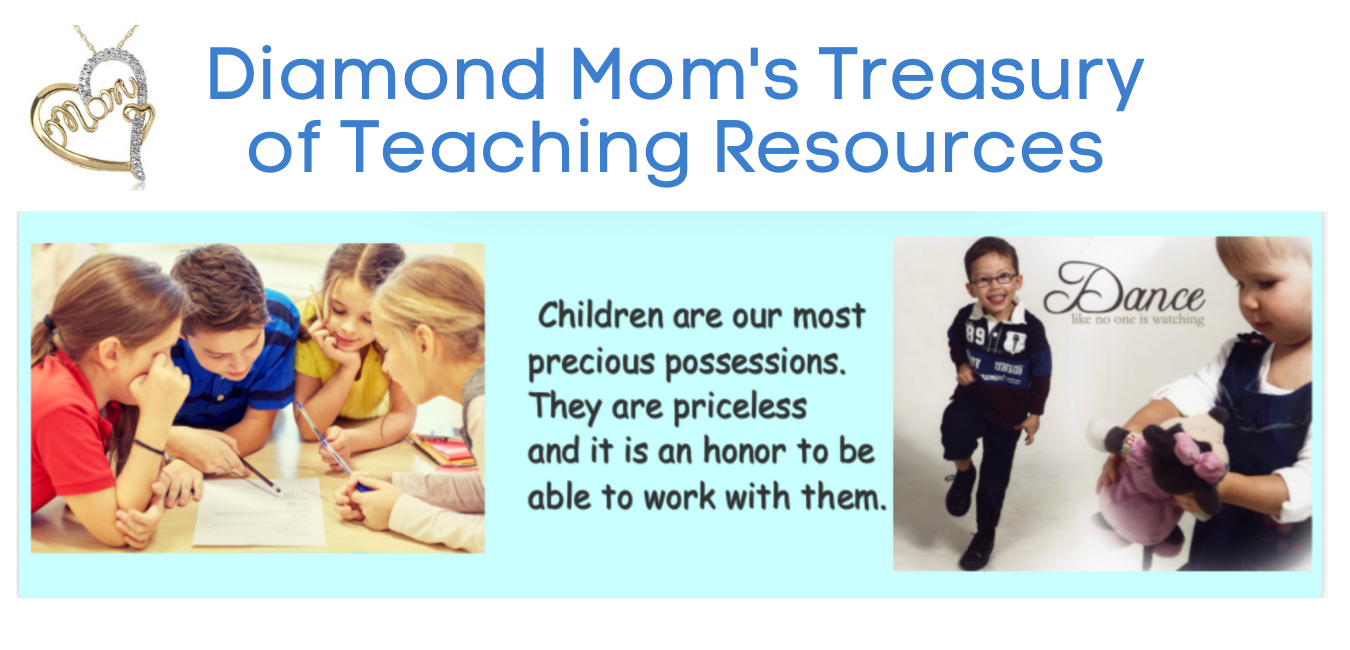
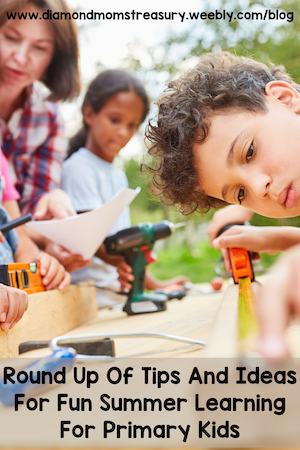
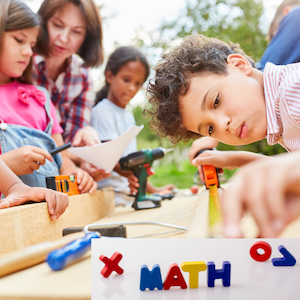
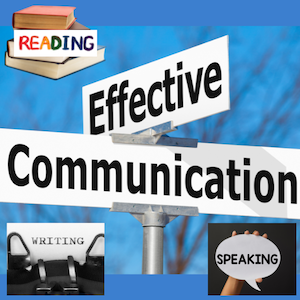

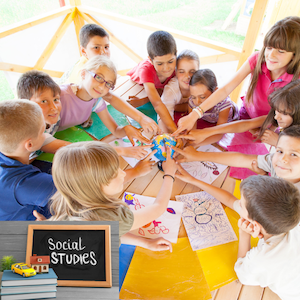
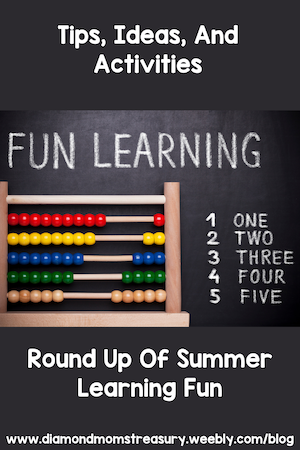

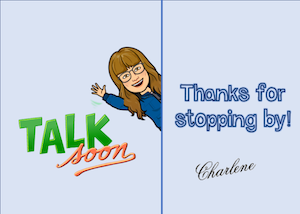
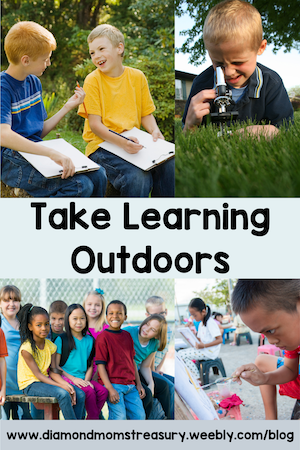
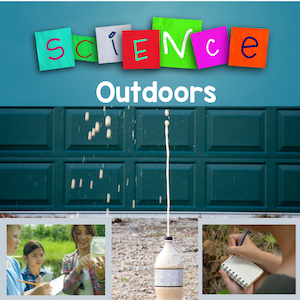
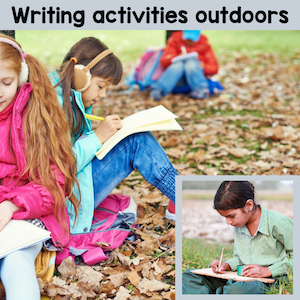
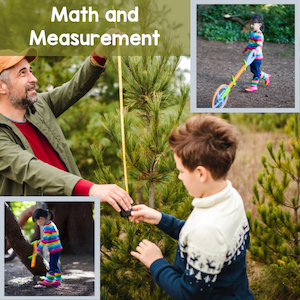
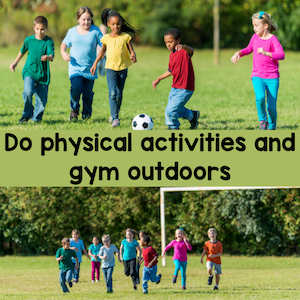



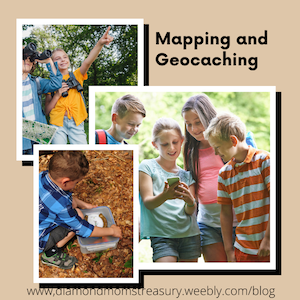
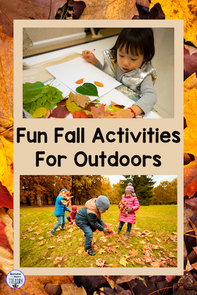
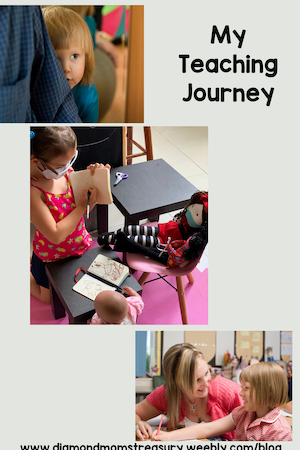

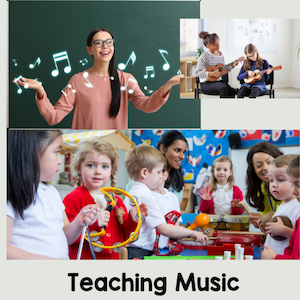
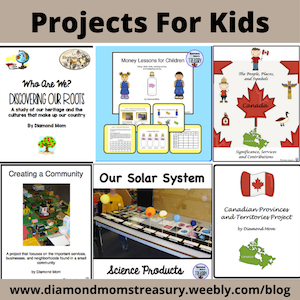
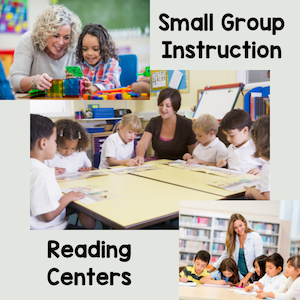
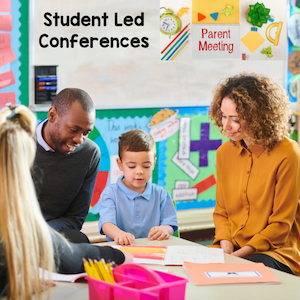


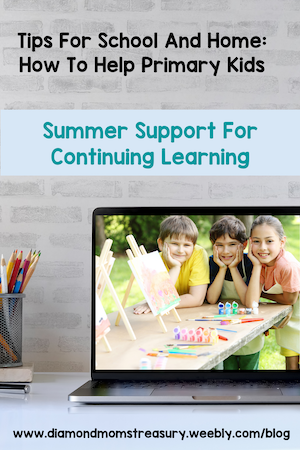
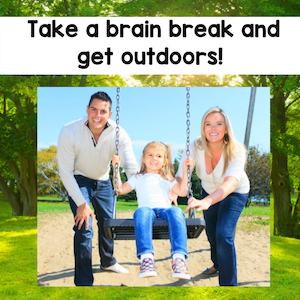

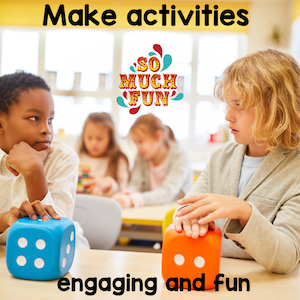
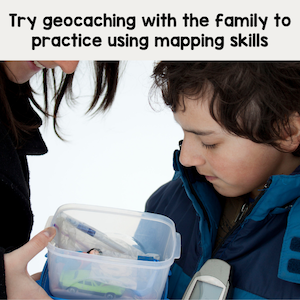

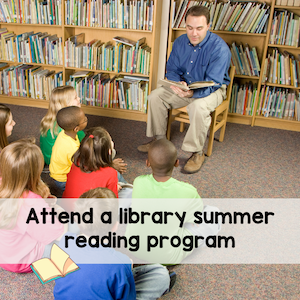
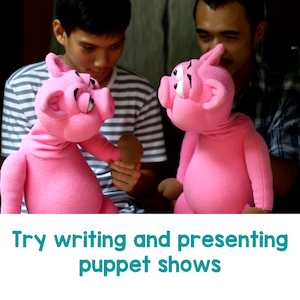

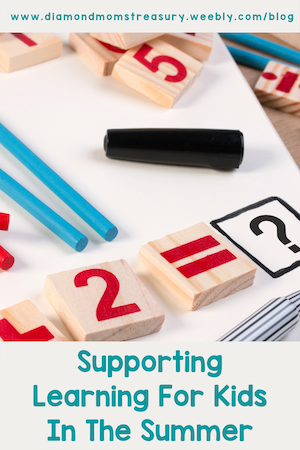

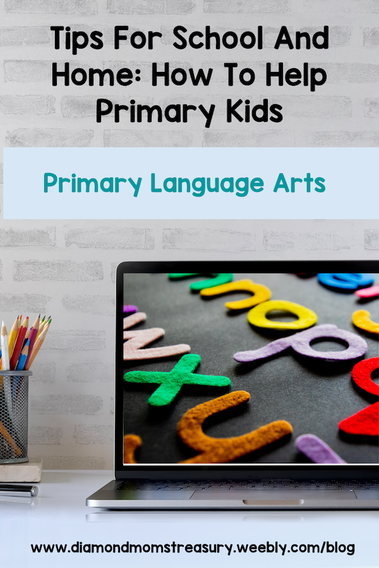

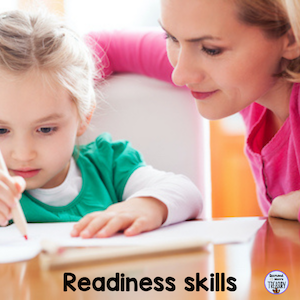
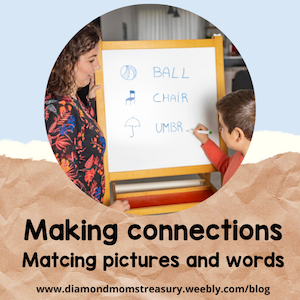

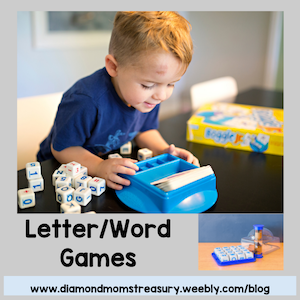
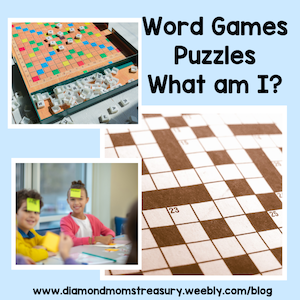
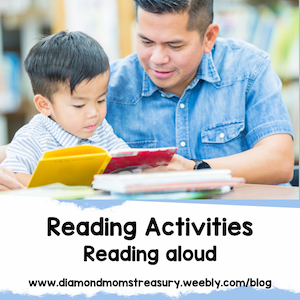
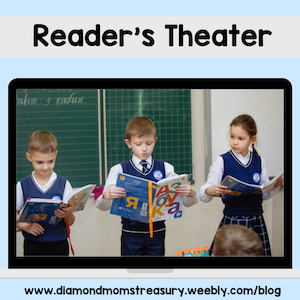
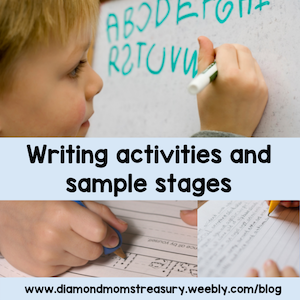
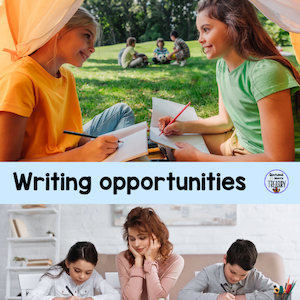
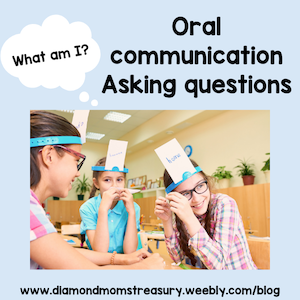
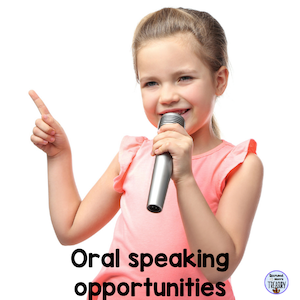
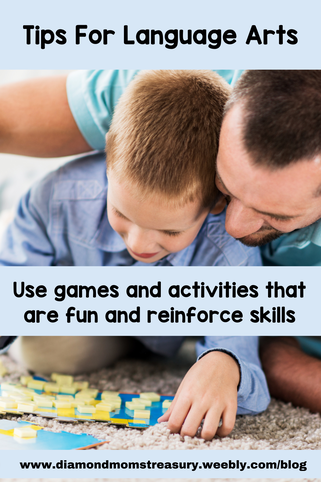

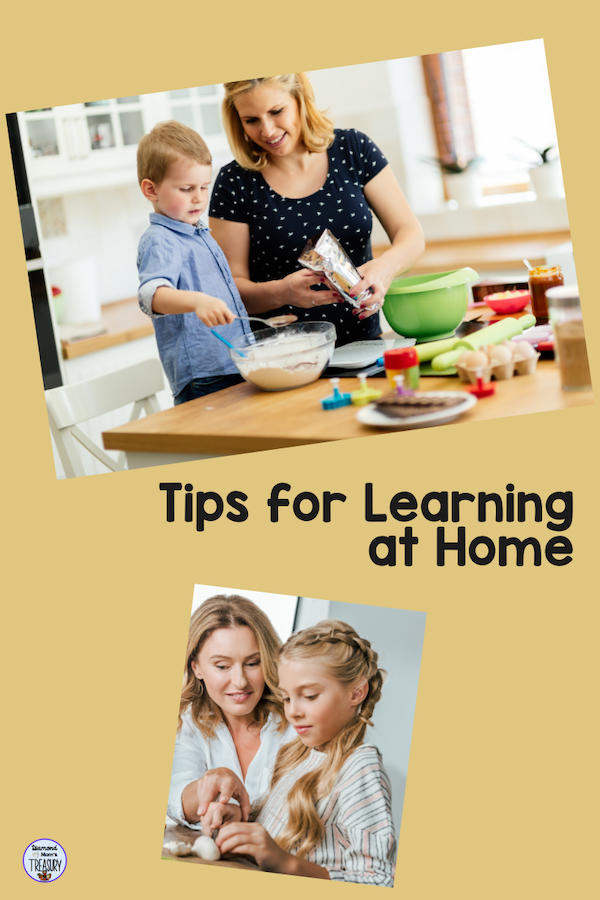
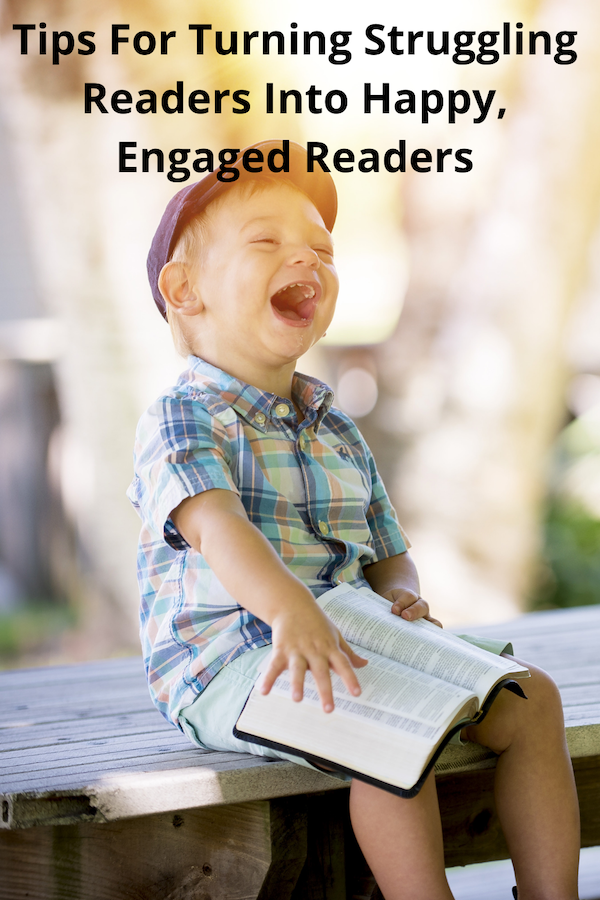
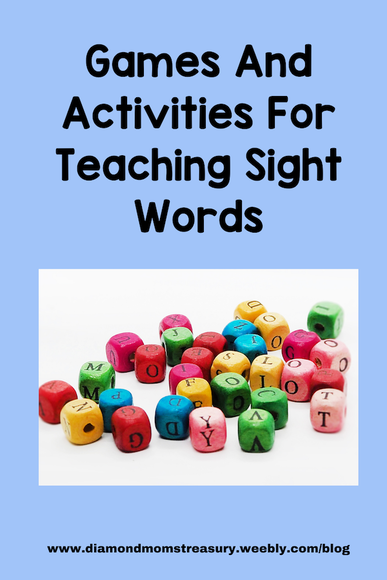
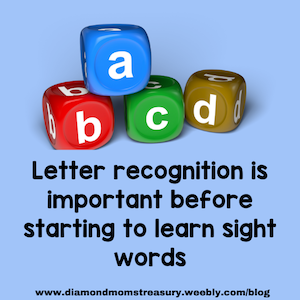
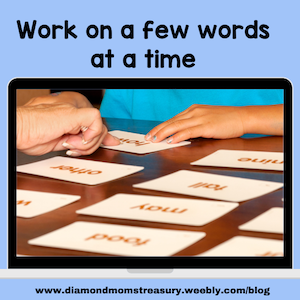
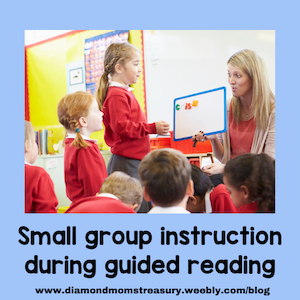
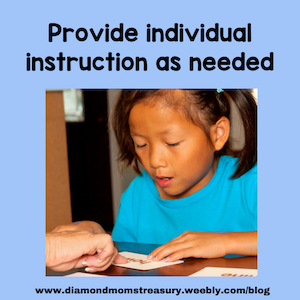
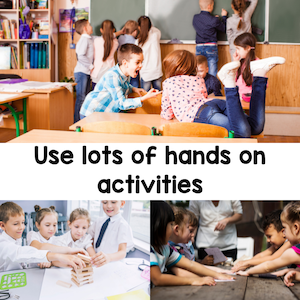
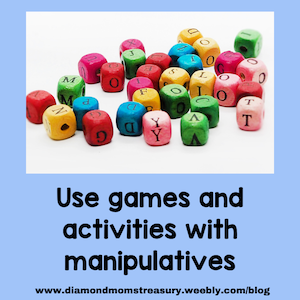
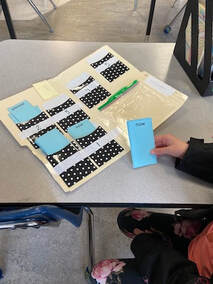
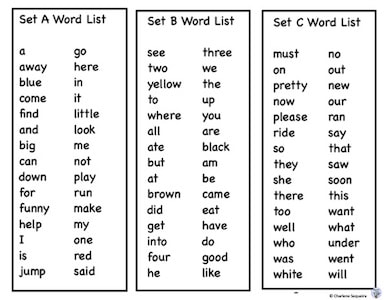
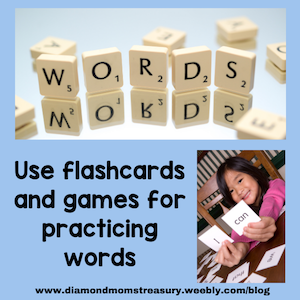
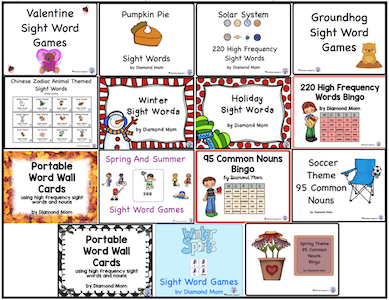
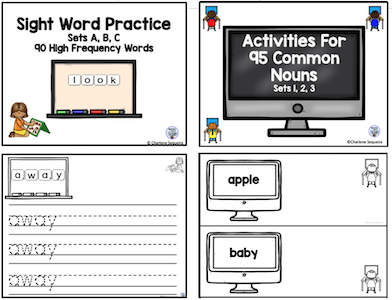
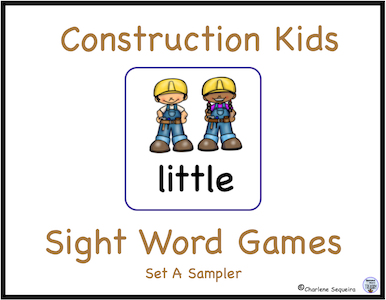
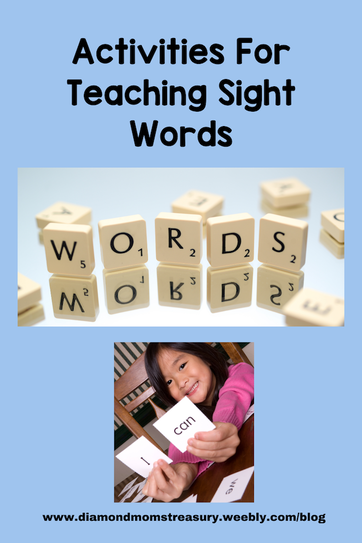


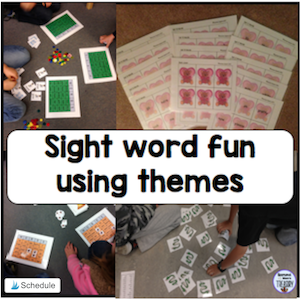

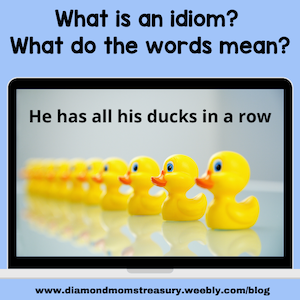

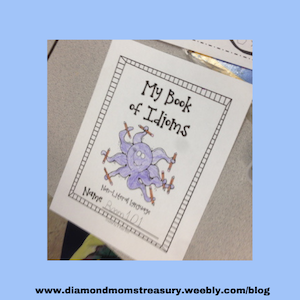
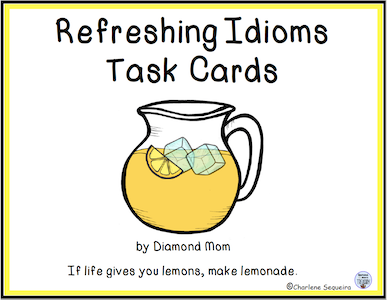
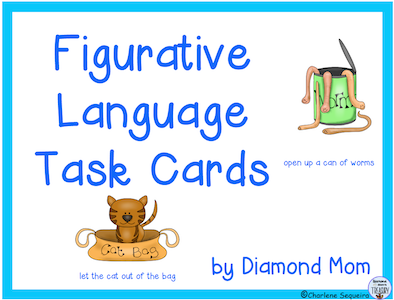
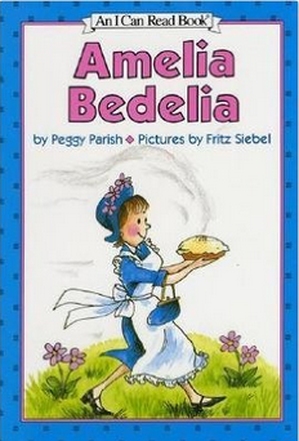

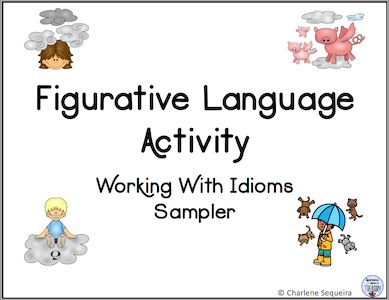


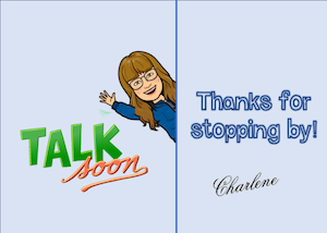
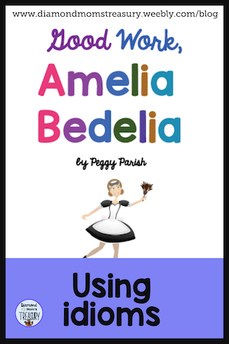
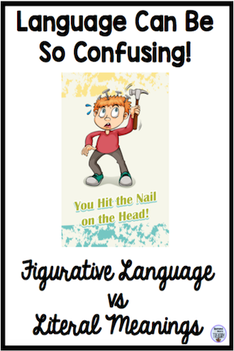
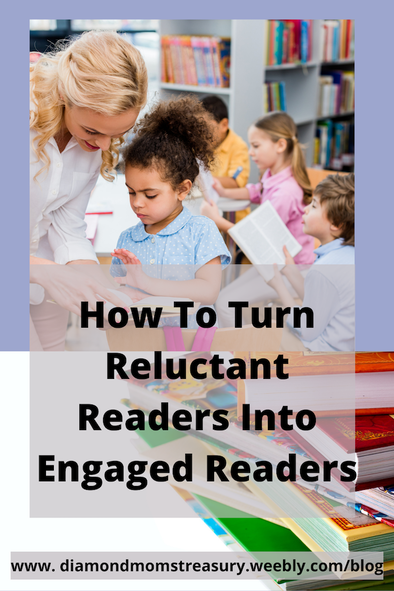

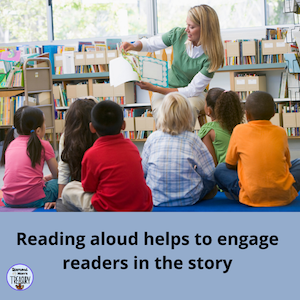
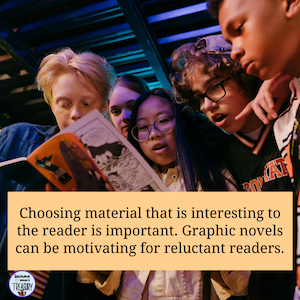
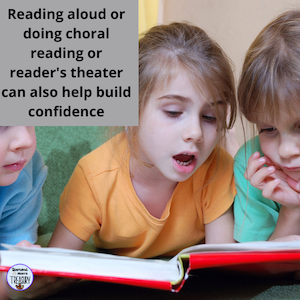
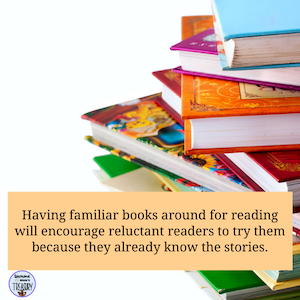
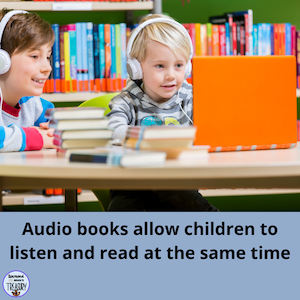
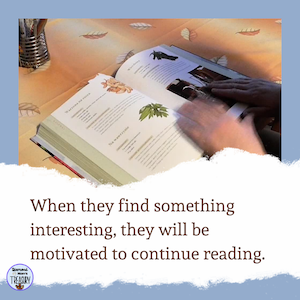

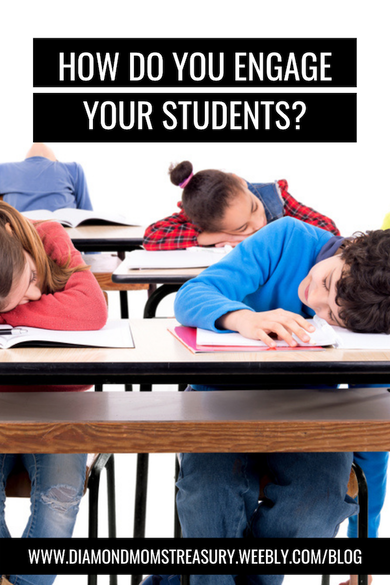
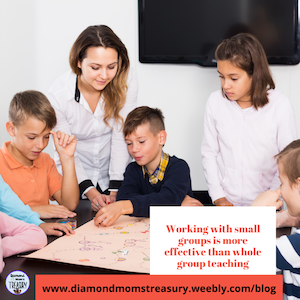
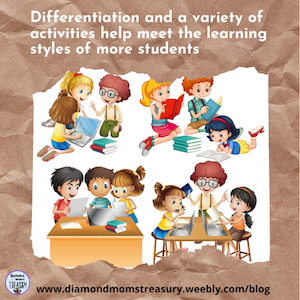
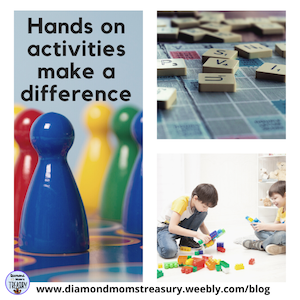
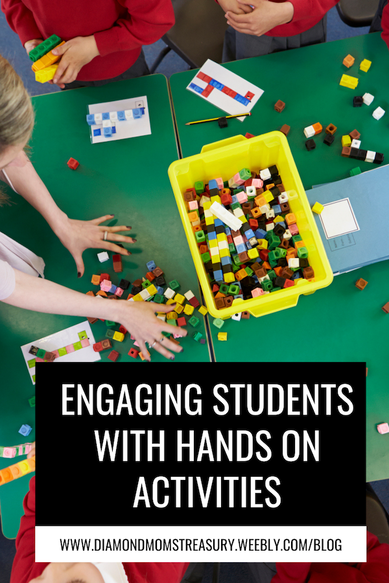
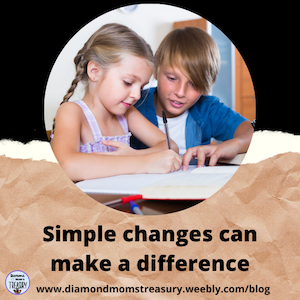
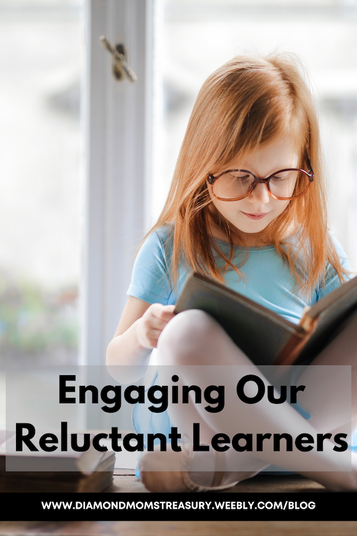

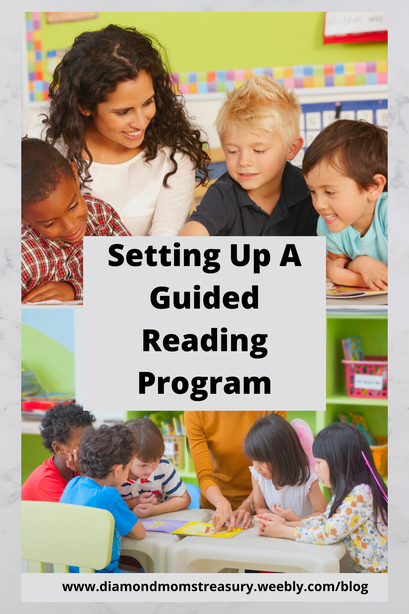
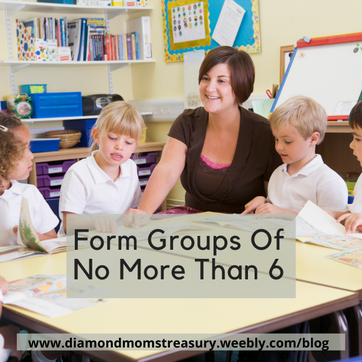
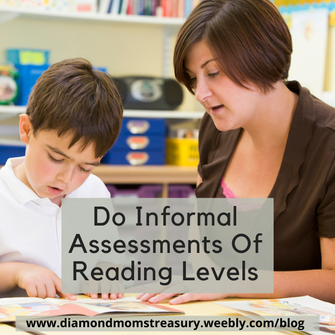
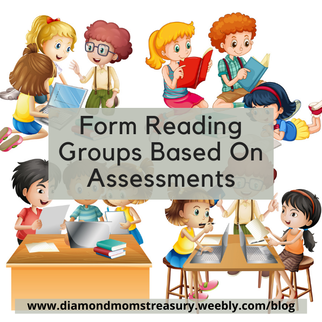
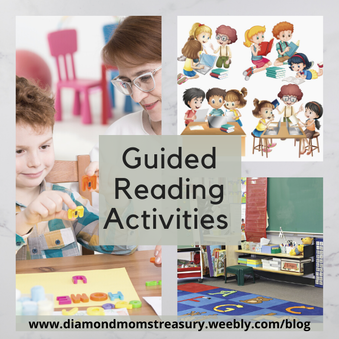
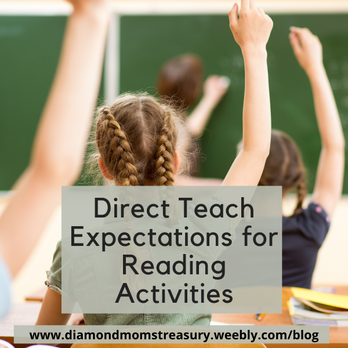

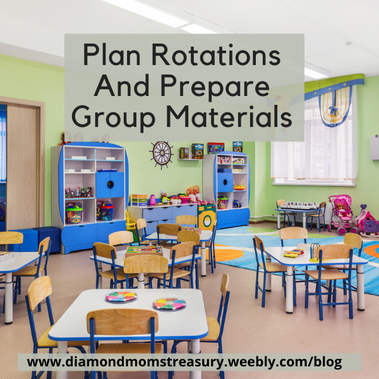
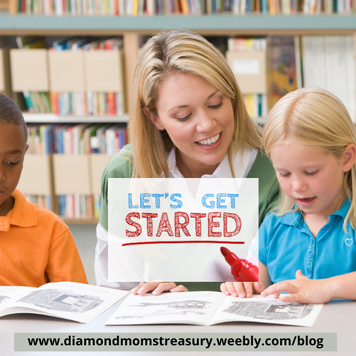
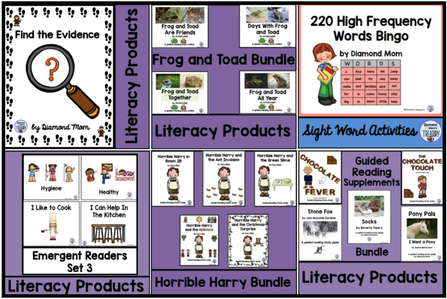

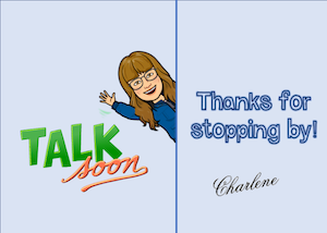
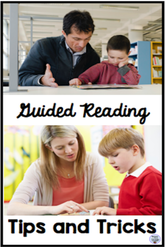
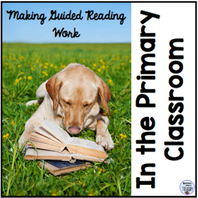
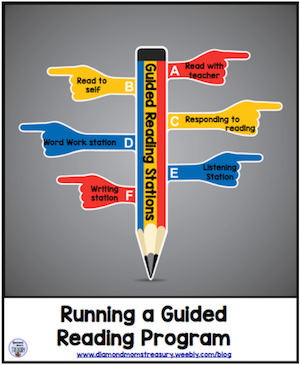



 RSS Feed
RSS Feed